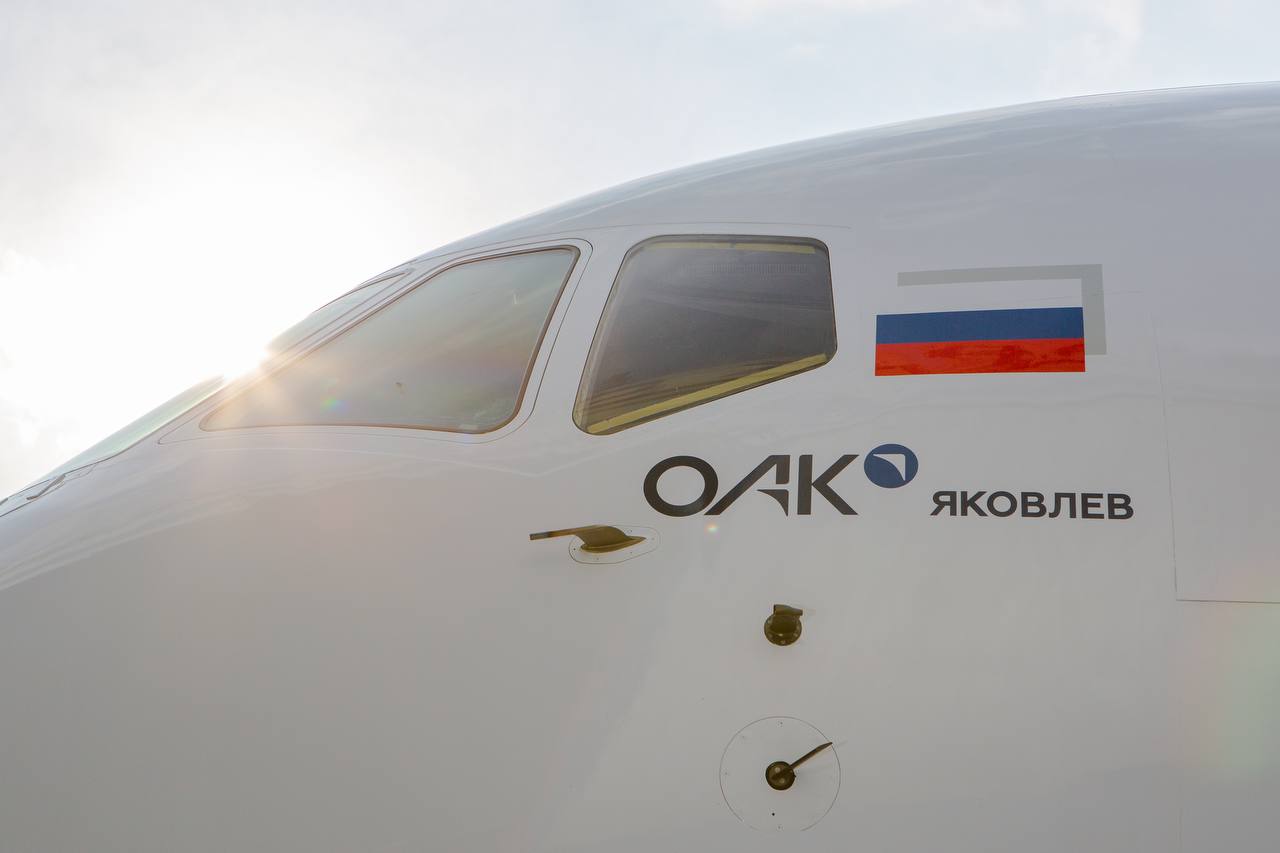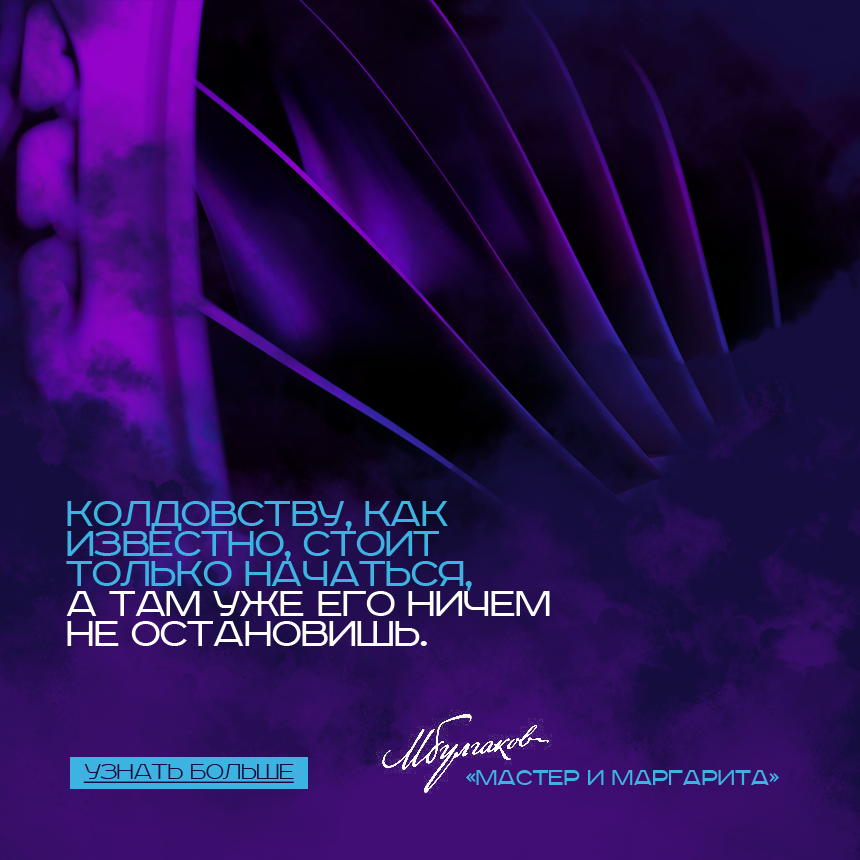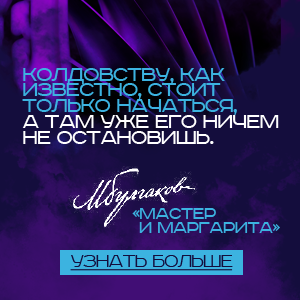
On 12 May 1927, test pilot Yulian Piontkovsky flew the first aircraft designed by A.S.Yakovlev - AIR-1. This date is regarded as the birthday of the Design Bureau that is named after the renowned designer. However, there is another important milestone in the design bureau history - 15 January 1934. On this day, Yakovlev’s group at plant No.39 was separated into a stand-alone design and production entity, brought under the direction of Spetsaviatrest and got a bed workshop on Leningradsky Highway as a production base. This date is generally believed to be a day when the Design Bureau (OKB) was transferred from the control of Osoaviakhim to the national industry.
Today, the OKB portfolio contains more than 200 types and modifications of aircraft, including more 100 commercial aircraft. On this important day for OKB, we share with you some interesting facts about the aircraft under Yak trademark.
AIR-1: etymology aspects. The first and next 19 aircraft designed by A.S.Yakovlev’s team were named in honor of A.I.Rykov, the president of the Society of Friends of the Air Fleet and the Chairman of the Government of the USSR. According to eyewitness accounts, when old Bolshevik Rykov fell into disrepute, Yakovlev had to change the legend and explain that the abbreviation AIR derived from French air.
Yak-1: the beginning of the legend. The Yak-1 fighter became the first combat aircraft designed by Yakovlev Design Bureau. The aircraft got into its first action in 1940 and became the best Soviet fighter of the first period of the Great Patriotic War.
Yak-9: a multi-role hero. The Yak-9 fighter was based on the Yak-7 and became the most widely used Soviet fighter during the Great Patriotic War (14,500 fighters were produced) and one of the most multirole aircraft of World War II. It was used as a fighter, bomber, reconnaissance aircraft, interceptor, etc.
The Yaks for Normandie-Niemen. The famous French squadron that fought on the side of the Allies was equipped with the Yakovlev fighters. At first, these were the Yak-1 that were later supplemented with more advanced Yak-3 and Yak-9. The squadron flew more than 5,000 sorties and destroyed more than 200 German planes.
Yak-15: the first turbojet fighter. The Yak-15 was the first Soviet turbojet fighter that entered service. The aircraft made its first flight on 24 April 1946. It is interesting that the first turbojet fighter developed by Mikoyan-Gurevich Design Bureau under the same program, future MiG-9, had also made its first flight several hours before.
Yak-24: the first rotorcraft. Yakovlev Design Bureau had also an experience of rotorcraft development - in 1951, the team was tasked to develop a heavy transport helicopter - a ‘Flying Railroad Car’. Yakovlev had already gained an independent helicopter development experience by that time and the OKB professionals set to the work. The aircraft, called the Yak-24, made its maiden flight in 1952 and batch production was launched in 1955.
Yak-40: the first passenger aircraft. The Yak-40, the world’s first regional passenger jet, was the first attempt in civil aviation for OKB. It took only a year to develop the aircraft that made its first flight in 1966 and is still being used.
Yak-38: the first vertical take-off aircraft. Yakovlev OKB was one of the world’s first and the only design bureau in the USSR that was able to bring the vertical take-off and landing aircraft idea to batch production. The Yak-38 that made its first flight in 1970 was equipped with one lift-cruise engine and two lift engines. It was used by domestically made aircraft carriers until 2004.
Yakovlev’s ‘flying school desks’. The Yak trainers became widely known in our country and abroad. The UT-2 was the first of them, then the Yak-18 and Yak-52 ‘flying school desks’ came and are still giving young pilots a start in the sky. The Yak-130 jet trainer - the primary trainer for pilot cadets in Russia and some foreign countries - has become the peak for Yakovlev’s trainer school to this date.

